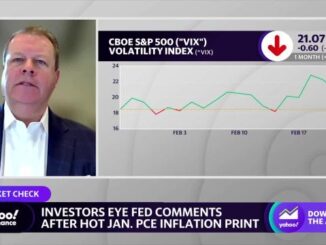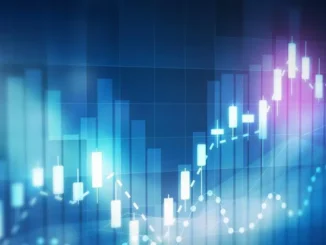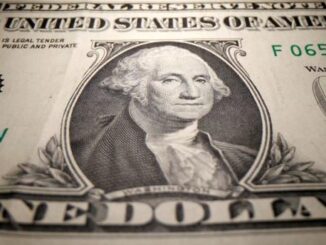
ORLANDO, Florida, May 23 (Reuters) – A key market-based measure of U.S. inflation expectations is back at 2%, suggesting bond investors, at least, are confident the Federal Reserve’s 500 basis points of interest rate hikes since March of last year will pull inflation back to target within two years.
The trouble is, U.S. central bank policymakers themselves are nowhere near as confident, and are reluctant to put much store in a market that can be highly volatile, illiquid, and driven by flows based more on portfolio hedging rather than directional bets on inflation.
The two-year breakeven inflation (BEI) rate on Treasury Inflation-Protected Securities (TIPS) fell below 2% this month for the first time since December 2020, and is currently hovering around 2.10%.
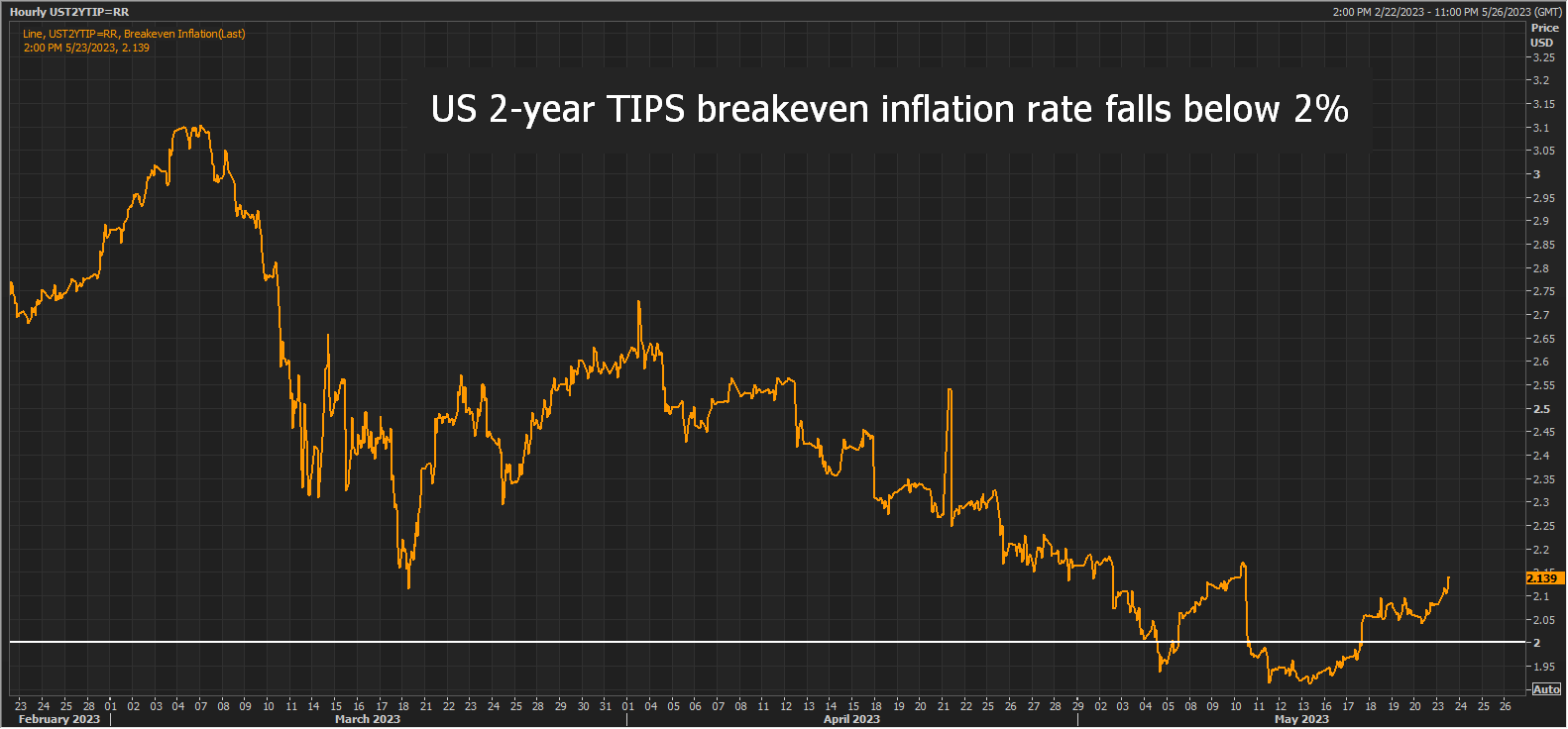
Bearing in mind that the Fed’s annual inflation goal is 2%, that is as good a signal as any that investors think the inflation scare is over and the central bank’s work is done.
Breakeven inflation is the difference between the yield on a nominal bond and the yield of an inflation-linked bond of the same maturity. That is traders’ implicit forecast of average inflation over the relevant time horizon.
There are good reasons to believe that the path for U.S. inflation is lower, if not exactly to 2% within the next two years – commodity prices, base effects, tighter credit conditions, and slowing growth point to easing price pressures.
But less than three months ago, before the U.S. banking shock, two-year BEIs on TIPS were above 3% and rising. Policymakers – and market participants – would be wise not to get too carried away.
“It’s a good signal that markets expect inflation to come down. But it is too soon to break out the ‘Mission Accomplished’ banners just yet,” said Gennadiy Goldberg, senior U.S. rates strategist at TD Securities.
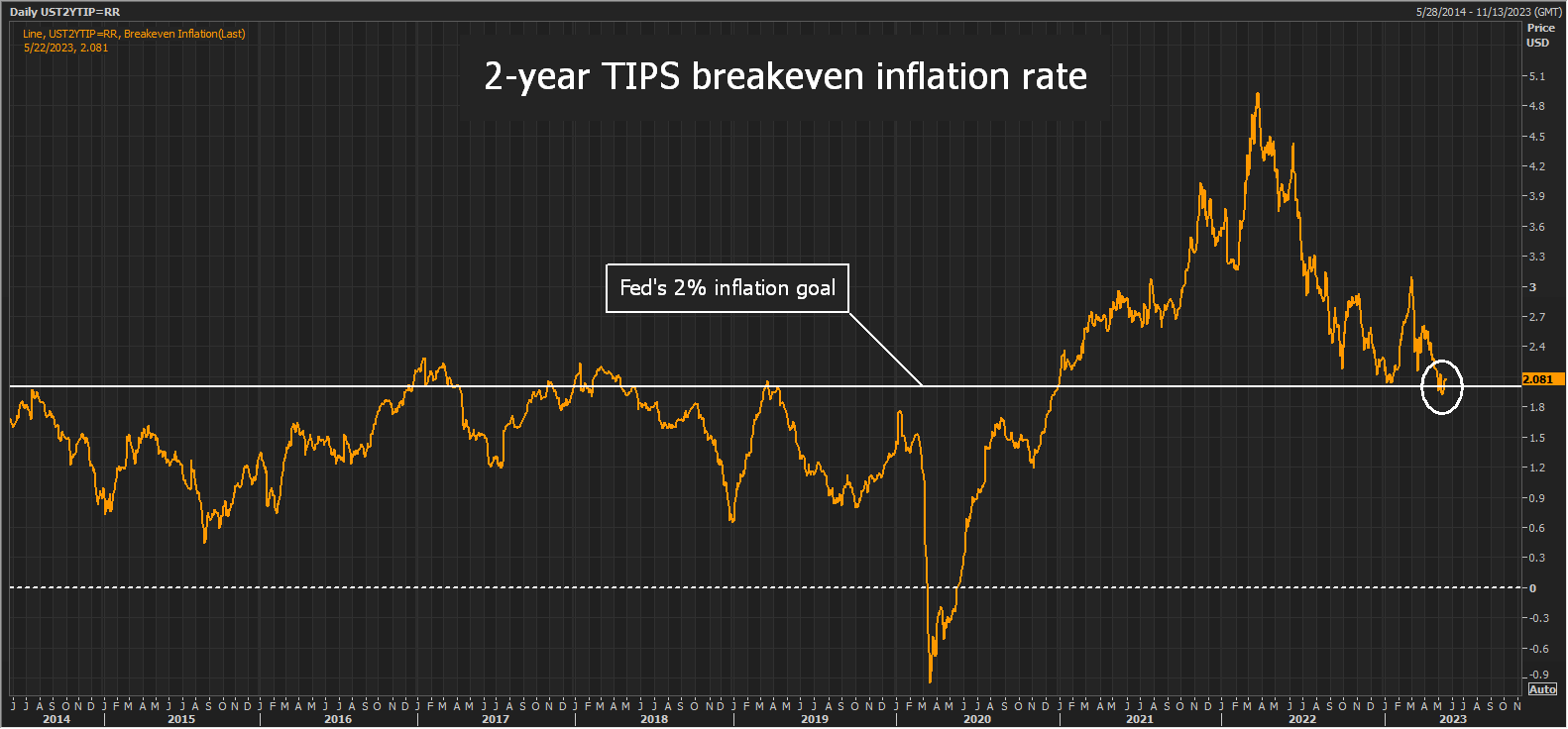
PREDICTIVE POWER?
The academic literature shows that, of the four broad groups – households, businesses, professional forecasters and financial markets – professionals are the most accurate in predicting annual inflation one year out.
A Cleveland Fed paper in October 2021 found that market-based gauges are in the middle of the pack when it comes to accuracy, while a St. Louis Fed paper last year said it was difficult to read the signals sent by breakevens.
The paper “On the Relative Performance of Inflation Forecasts” noted that BEIs embed “nontrivial” inflation and liquidity risk premia that “mask market participants’ actual inflation expectations.”
“Taken at face value as inflation forecasts, they may be misleading,” the authors said.
According to their analysis, breakeven inflation rates on five-year inflation swaps significantly overestimated inflation, while there was no significant bias in TIPS BEIs.
The Fed looks at as wide a range of inflation expectation measures as possible, and each has its own merits. As the St Louis Fed paper last year found, all forecasts have predictive information not fully contained within other forecasts.
As Goldberg at TD Securities notes, one advantage of market-based inflation gauges is that they are in real time. Consumer, business and professional forecaster surveys are usually conducted on a monthly or even quarterly basis.
The value of TIPS outstanding is just under $2 trillion, a pretty substantial market in isolation but less than 10% of total marketable U.S. sovereign debt of $24.3 trillion. And the short end of the curve is even smaller.
Source: www.reuters.com
ENB
Sandstone Group

